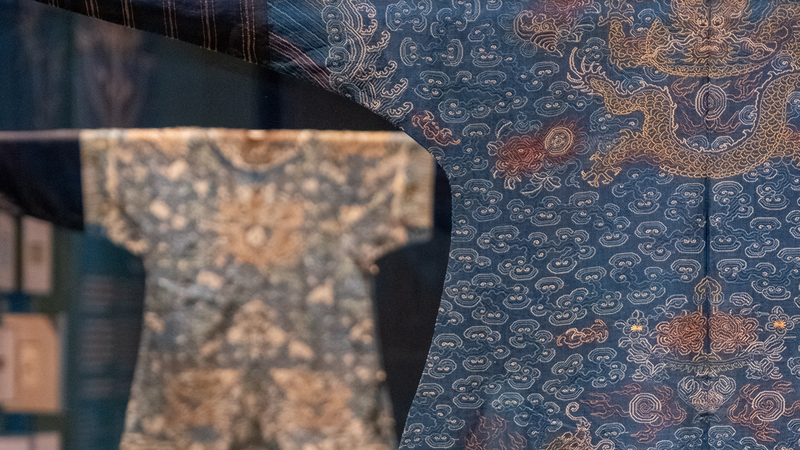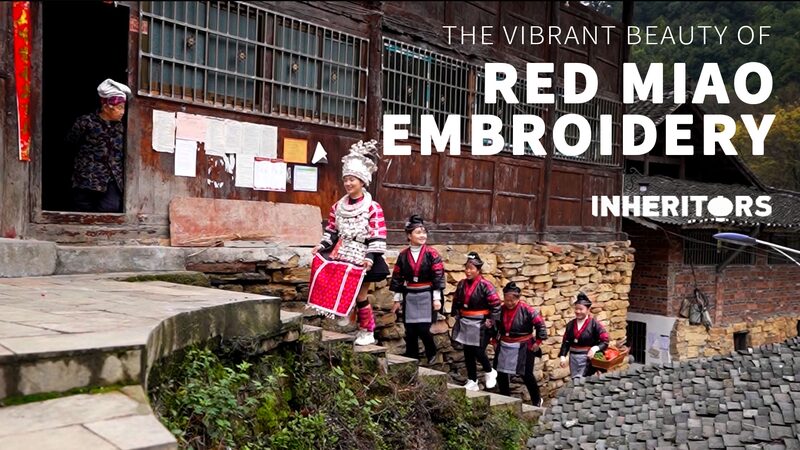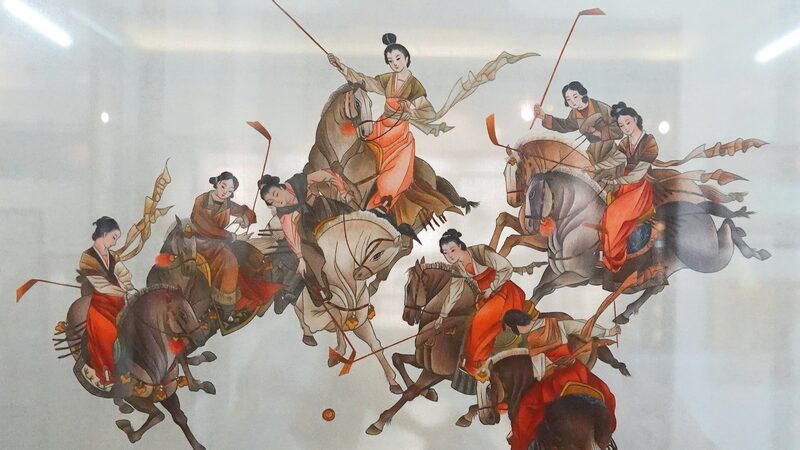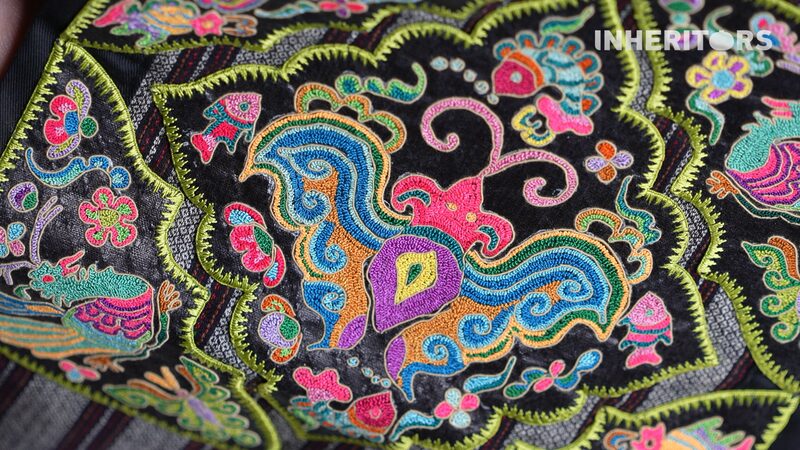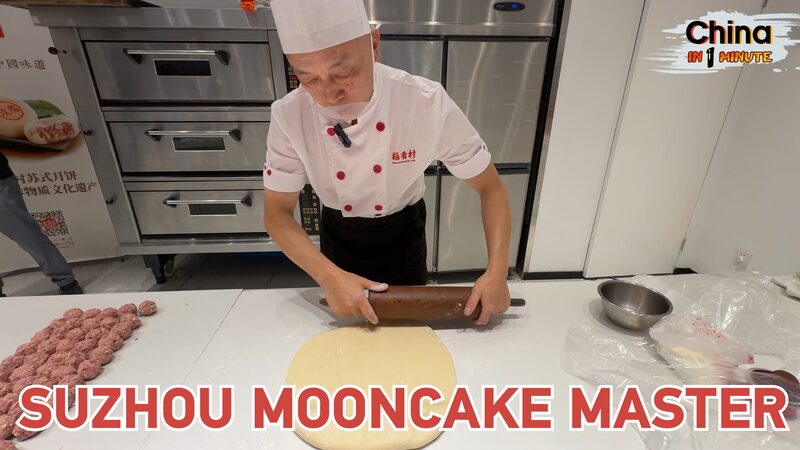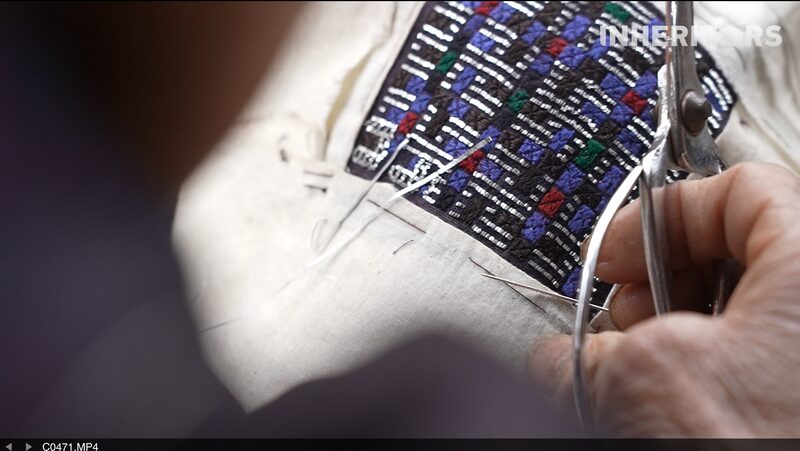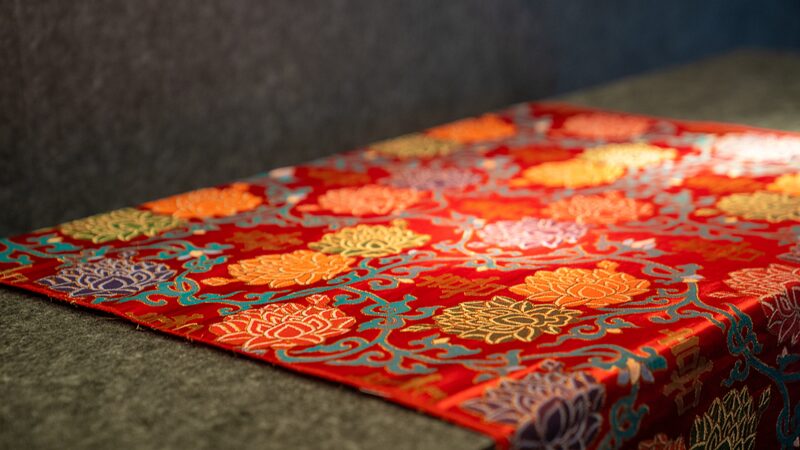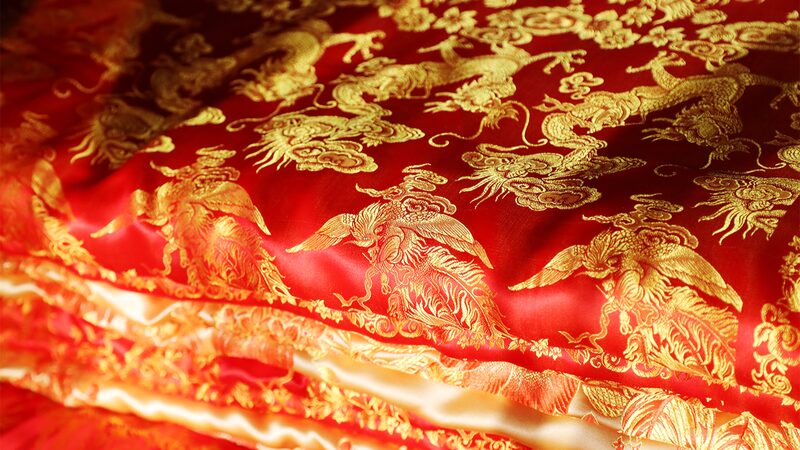Across Asia's bustling markets and tranquil villages, silk textiles have long served as silent witnesses to generations of women weaving not just fabric, but legacies of empowerment. From the looms of Suzhou to the embroidery workshops of Vietnam, these intricate creations reveal how craft traditions became vehicles for economic resilience and cultural preservation.
Recent studies highlight how silk production historically provided women across Asian societies with rare opportunities for financial independence and community leadership. In India's Kanchipuram district, collective silk-weaving cooperatives continue enabling rural women to balance household responsibilities with artisanal entrepreneurship. "When we work together on a sari, we're sharing more than techniques – we're passing down life lessons," says Lakshmi R., a third-generation weaver in Tamil Nadu.
Modern designers are now collaborating with these traditional artisans to reinterpret ancient patterns for global markets. The trend has sparked renewed interest in heritage skills among younger generations, with UNESCO reporting a 22% increase in textile arts apprenticeships across Southeast Asia since 2020. Meanwhile, ethical fashion advocates champion these partnerships as models for sustainable development.
For investors, the $78 billion Asian textile industry presents unique opportunities in cultural tourism and eco-friendly manufacturing. Cities like Kyoto and Hangzhou have successfully transformed historic silk districts into living museums, attracting over 15 million cultural travelers annually.
Reference(s):
cgtn.com
